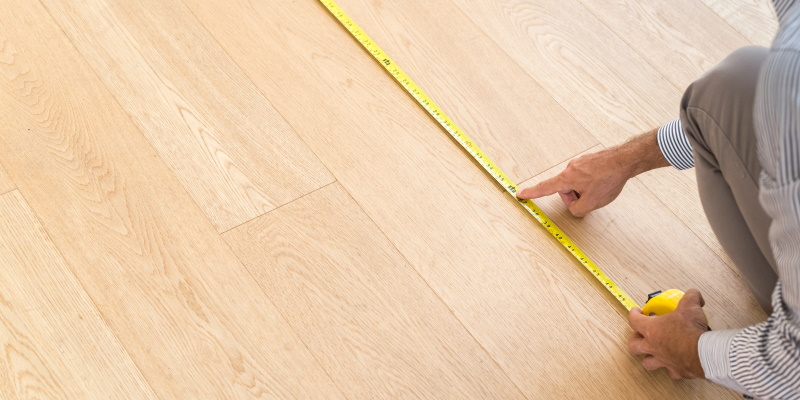It doesn’t matter much if the tape is straight

Suppose a contractor is measuring the length of a wall. He starts in one corner of the room, and lets out a tape measure heading for the other end of the wall. But something is in the way, so instead of measuring straight to the corner, he measures to a point near the corner on the adjacent wall.
If you looked down on the room from a bird's eye view, the contractor wants to measure the distance from (0, 0) to (x, 0), but instead measures from (0, 0) to (x, y) where y is small relative to x. How much difference does this make?
The measurement error, as a function of y, is given by
(x^2 + y^2)1/2 - x.
Expanding this function in a Taylor series around y = 0 shows that the error is approximately
y^2/2x.
So the error is not on the order of y but of y^2/x. The latter is much smaller if y is small relative to x.
For example, suppose a room is 10 feet (120 inches) long. If someone were to measure the length of the room by running a tape measure to a point 4 inches up the joining wall, the measurement error would not be anywhere near 4 inches but rather nearly 16/240 = 1/15 of an inch.
Let's work this example out and see how good the approximation was. The hypotenuse of a right triangle with sides 120 and 4 is
14416 = 120.066648...
which is very close to
120 + 1/15 = 120.06666...
The fact that the measurement wasn't exactly corner-to-corner would likely not be the largest source of measurement error.
Update: What if the measuring tape sags in the middle?
The post It doesn't matter much if the tape is straight first appeared on John D. Cook.